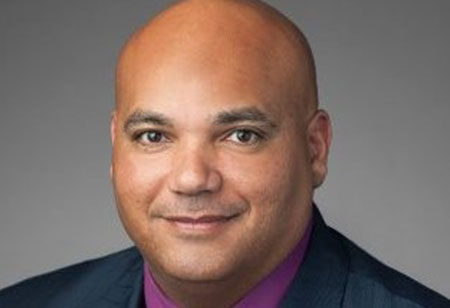The world is moving into the sustainable or transitional energy space that requires new safety risk information, learning technologies, and the safe execution of energy transition elements into everyday lives in business and at home. Decreasing the dependency on fossil fuels and creating more sustainable energy through solar, water, wind, and biofuel products is becoming more widespread in most developed societies in 2022. With the new and ever evolving energy transition comes new and different safety risk awareness. Safety risk in the sustainable or transitional energy must be situationally managed through safety leadership, work family member involvement, training and the sharing of safety risk knowledge and expectations. All of the basic safety risk managing skills from the fossil fuel space are transferable to the sustainable or transitional energy space.
Just like the safety risks are different in an internal combustion engine as compared to an electric engine, safety leaders are challenged with understanding and managing the safety risk associated with the sustainable or transitional energy, for the following reasons:
Newer work family members tend to be more drawn to the sustainability space than those who have worked in the traditional energy industry like myself, with 31 years of experience. The younger generation are looking for sustainability jobs that utilize current and developing technologies, flexible work schedules, and innovative thought processes. Safety leaders must be able to engage the sustainabilityfocused work family members with engaging, informative, and inspiring communication styles. Big team meetings where everyone gets together to listen to monologue from the boss areon the decline. I participated in a job fair a few weeks ago with university students and most of them had questions about what Worley was doing in the ‘Green-New- Sustainability’space. Millennials are interested in how their work can contribute to preserving the globe’s precious resources. Companies that have an interest and / or business strategy that includes energy transition will be more attractive to younger generation work family members than in years past.
Safety training for the work family members who are drawn to the sustainability space needs to be different. They are not interested in long presentations, all day video reviews, and tedious safety lectures. Short videos, eye catching messaging, and work family safety advocates seem to be the best way to help the newer work family members understand the basics of Anticipating, Identifying, Measuring, Evaluating, and Controlling safety risks in sustainable or transitional energy, as applicable. Over the past few years, I have noticed a shift in how work family members prefer to learn new expectations. The application of videos that are short and to the point are gaining popularity not only in the social media world, but in the heavy industry world as well. I am currently using a combination of pre-read materials, videos, facilitated group discussion, and personal connection to the leadership topics. This approach seems to be working very well for knowledge sharing and absorption. The opportunity to complete safety training on personal electronic devices is also a current trend that is associated with contemporary thinking.
"The opportunity to complete safety training on personal electronic devices is also a current trend that is associated with contemporary thinking"
Capabilities and knowledge base in the sustainability space is heavily sought after, but there are challenges in some cases to find sustainability or transitional energy experienced work family members who have that depth of knowledge. In some cases, the work families and organizations are learning and adapting together. We must develop the new energy capabilities and knowledge base that is needed and that we seek. Because the energy transition is happening so fast, the opportunity to find a large pool of capable and knowledgeable work family members is a challenge. We must focus our energy on recruiting and developing work family members in this space. Many of my work family members are learning about new technologies in the energy transition space on their own and collectively through company knowledge development activities, webinars, learning passports and the like. Each time we complete a project in the energy transition space, we capture and share those learnings as Best Practices and Lessons Learned with work family members and industry partners across the globe.
Some inherent, but different safety risks would be a good way to describe the safety risk associated with sustainability or transitional energy examples. Some examples include:
• Wind – Exposures to hazardous energy sources, working at height hazards, confined space entry, and heavy equipment operation
• Water – Exposures to hazardous energy sources, working at height hazards, confined space entry, heavy equipment operation, and structural integrity
• Solar – Exposures to hazardous energy sources, working at height hazards, heavy equipment operation, and hand / power tool hazards
• Biofuels – Process safety, exposures to hazardous energy sources, working at height hazards, confined space entry, hazard communication / industrial hygiene, and heavy equipment operation
I have directly visited or worked on processes to support these projects. I also indirectly worked with work family members on the above sustainable and transitional energy projects.
We have to apply our common knowledge of safety risk identification and control on sustainable or transitional energy examples - like we do for all other fossil fuel safety applications. The safety risk must be situationally managed through safety leadership, work family fellowship, and sharing safety risk knowledge and expectations.











